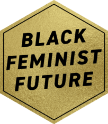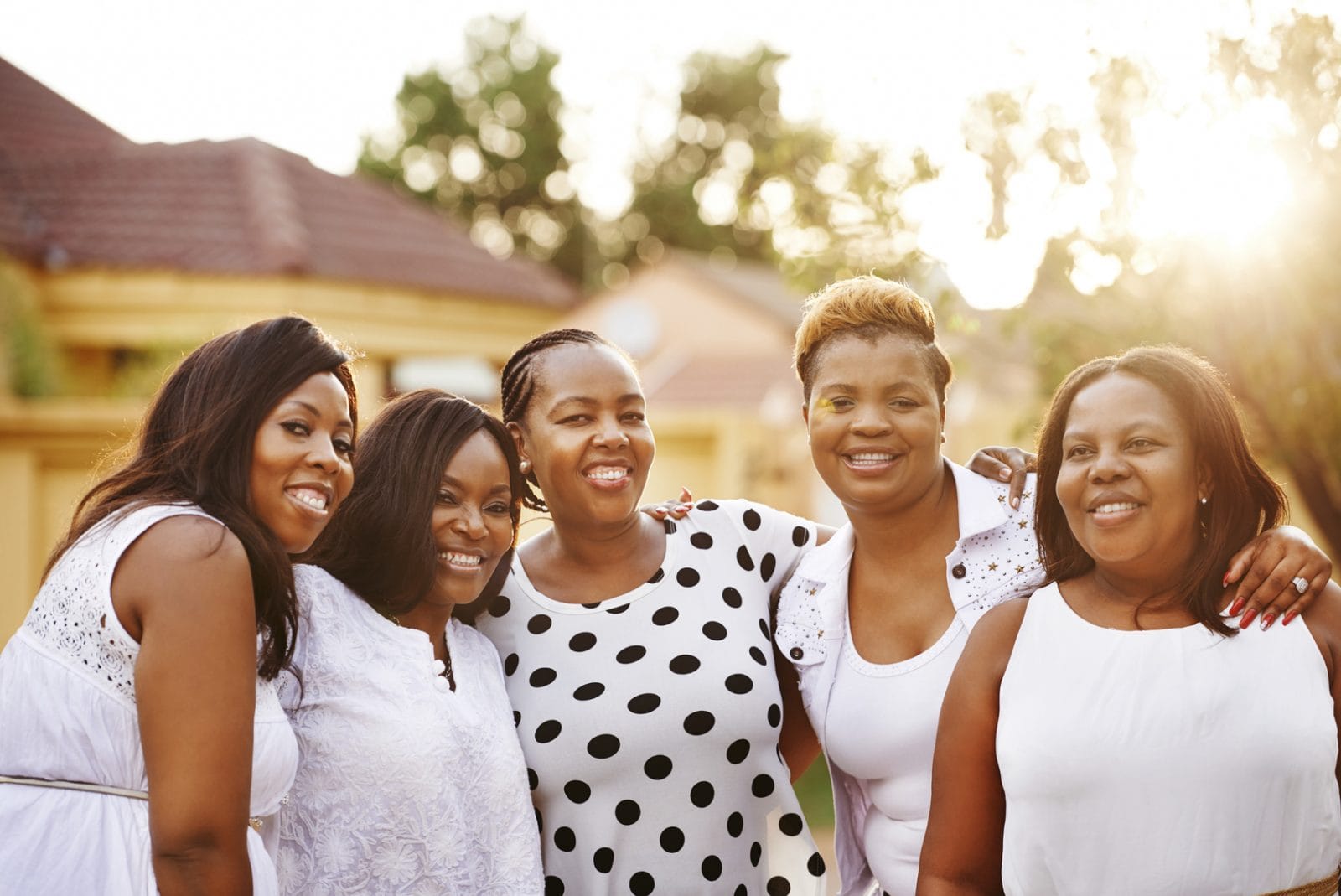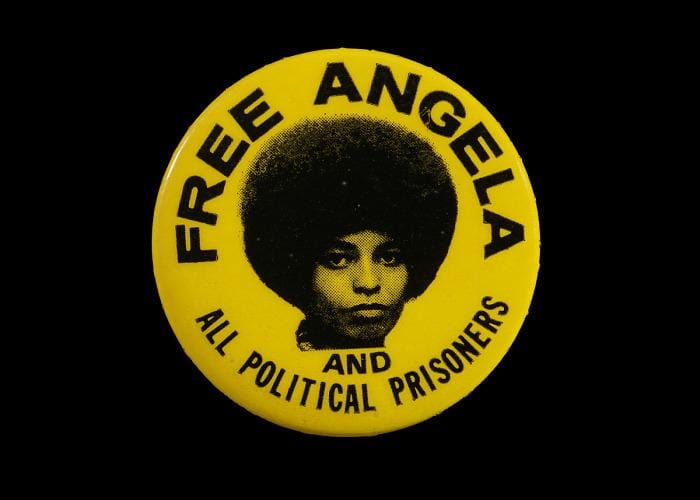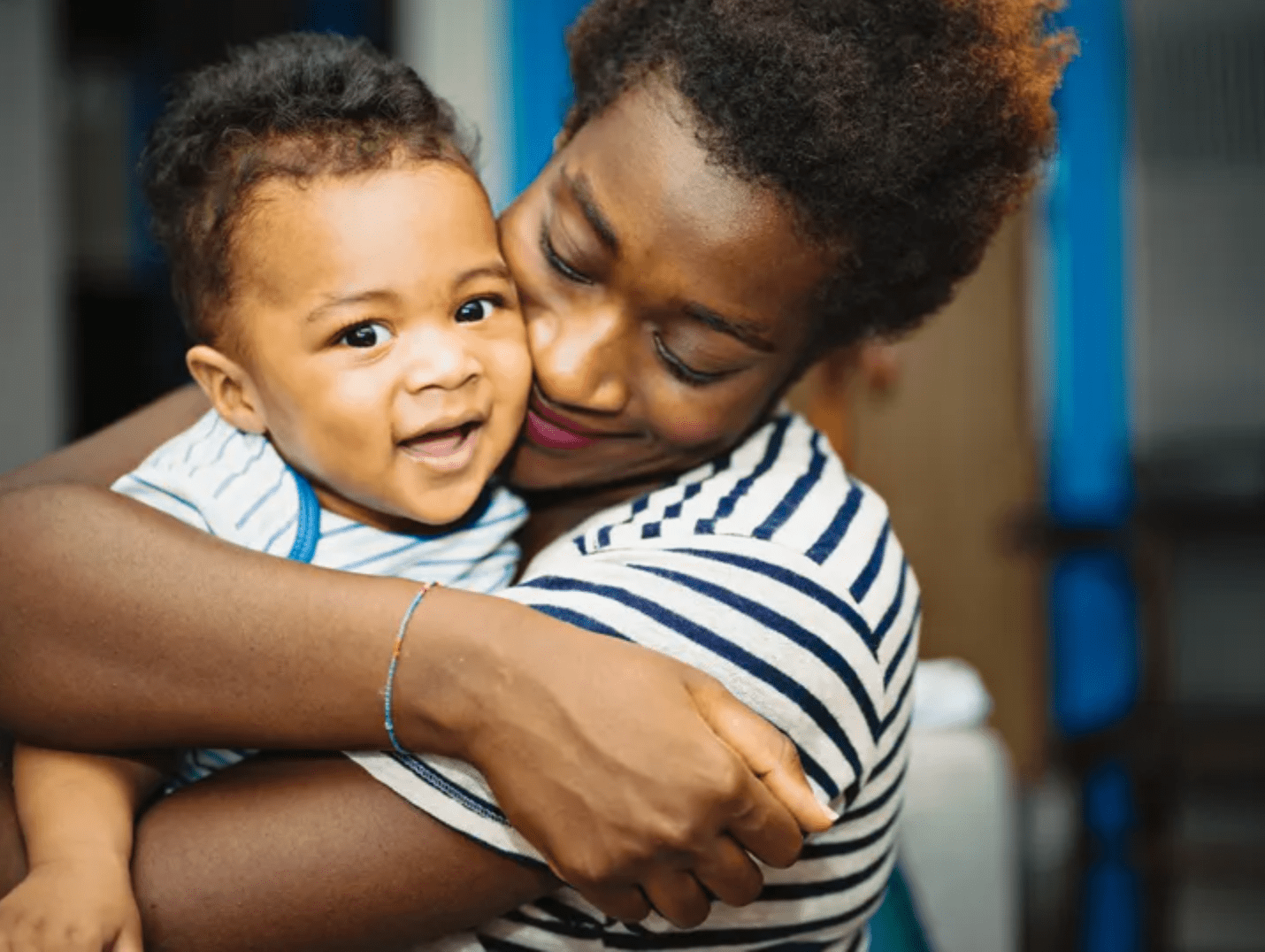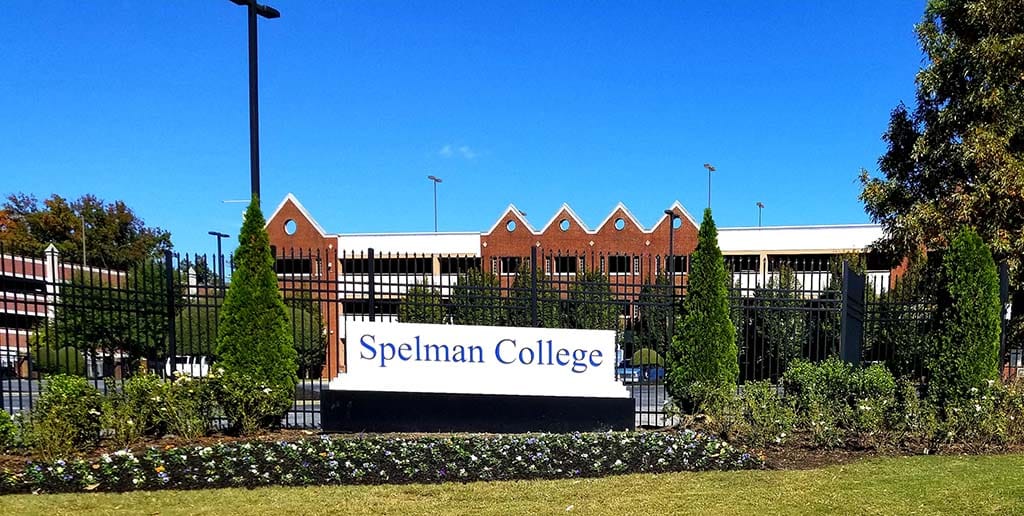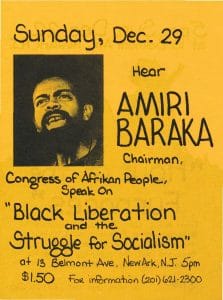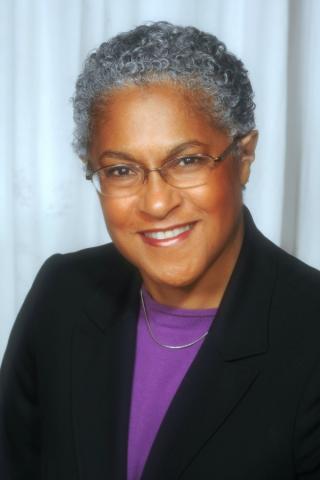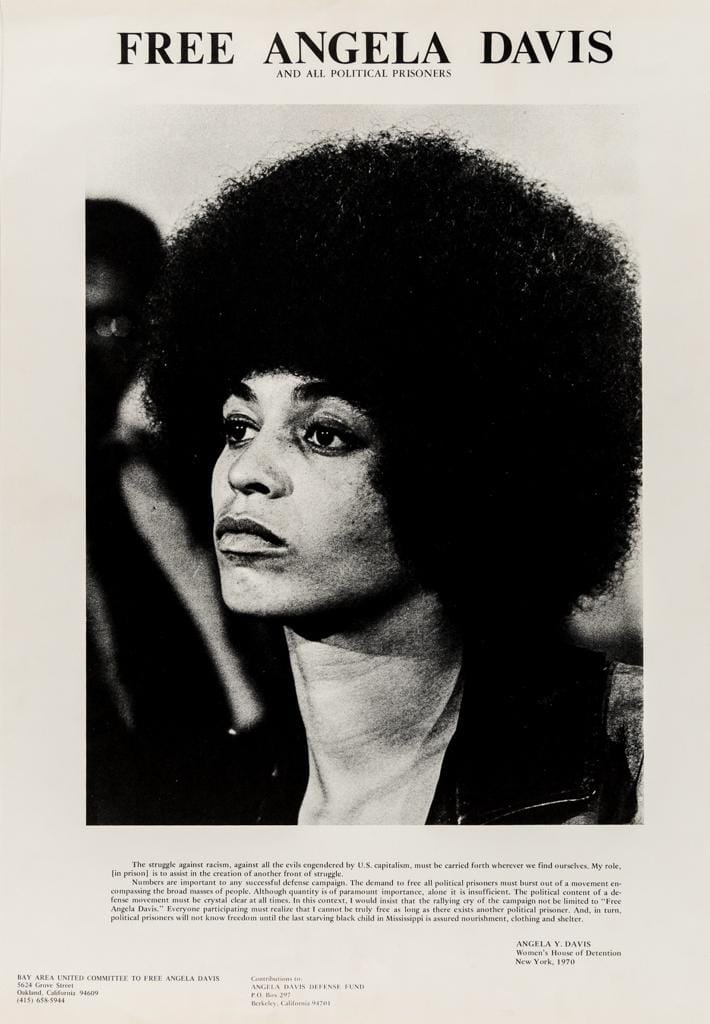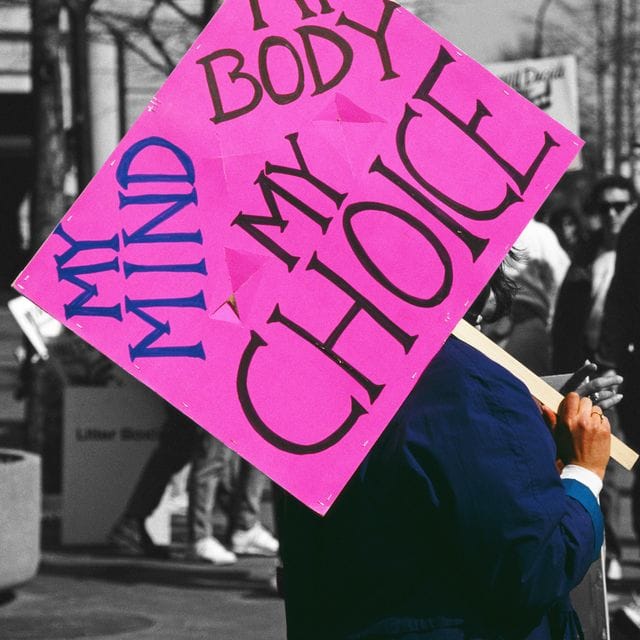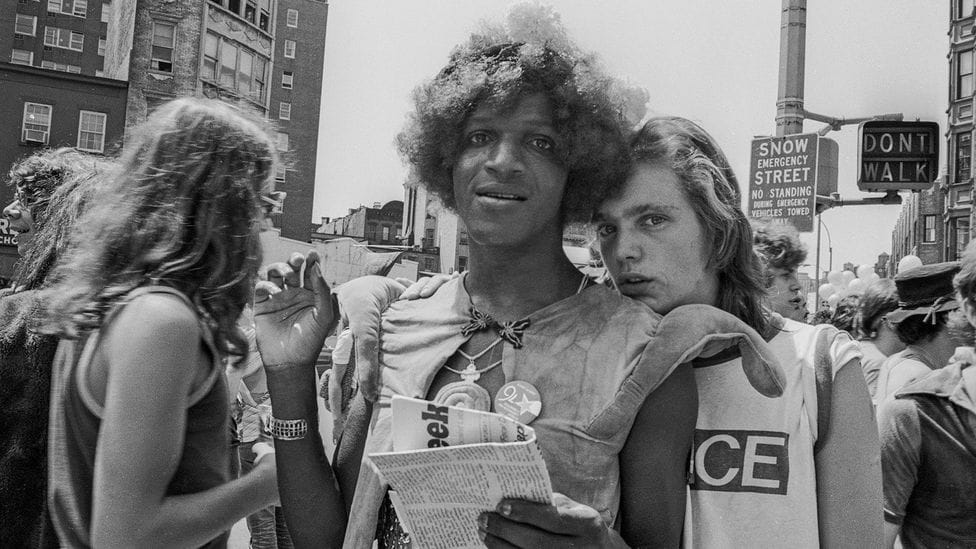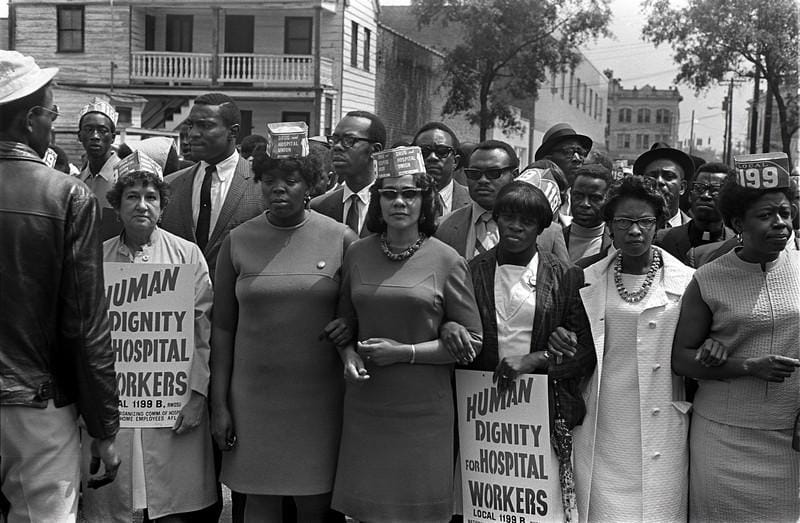While accessible contraception and abortion services were landmark wins in the women’s health movement, Black feminists also found it necessary to consider how race, gender, and class can influence and/or obscure a person’s ability to access quality, holistic healthcare. Moreover, Black feminists in the 1970s argued that reproductive justice does not only mean that Black women should have the means to not bear a child; it should also mean that they have the finances and support to have a child if they so choose. After Roe v. Wade, the majority of white feminists focused a lot of their efforts on keeping abortion safe and legal. While Black feminists cared about these causes, they also prioritized the forced sterilizations that were disproportionately impacting Black and brown communities. Black feminists like Loretta Ross attempted to bridge the gap between the mainstream feminist movement and the priorities of women of color. However, women of color ultimately found that they had to create their own spaces and organizations in order to have their priorities centered.
Author: developer
Free Angela
On October 13, 1970 Angela Davis was arrested in connection to the failed prison escape of the Soledad brothers. Davis, who was not even aware of the escape plan, was incarcerated for 18 months. Her incarceration sparked the “Free Angela” movement. During this time, people protested, wore “Free Angela Davis” buttons, and created songs advocating for her release.
Childcare Access
During the 1970 and 1980s, women’s participation in the workforce increased significantly. There were many reasons for this shift, including the feminist movement, which challenged gender roles and the female caregiver and male breadwinner binary. Welfare organizers advocated that poverty should be treated as a women’s issue and stated that poor mothers should be provided support in raising their children. By the late 1960s, the National Welfare Rights Organization was referred to by some as “the largest Black feminist organization in U.S. history.” Organizers challenged the subjectivity of how benefits were distributed and pushed legislators to increase benefit amounts.
Comparative Women’s Studies at Spelman College
Since the 1970s, Spelman College has implemented a unique interdisciplinary program that places an emphasis on Black feminist theory, women’s health, digital media documentation, stories of women’s lives, and activism. It is a first among historically Black colleges or universities.
Congress of Afrikan People
In the 1970s, the Congress of Afrikan People (CAP), which later became known as the Revolutionary Communist League (Marxist-Leninist-Mao Tse-tung Thought), began as a Black nationalist party and later transitioned into a Black Maoist organization. The intent of the organization was to bring together civil-rights activists, Pan-Africanists, and Black nationalists to form a Black political party. The purpose of CAP was not only to gain political power in the U.S., but also to build and nurture international alliances.
Patricia Hill Collins
Patricia Hill Collins is an academic and social theorist who focuses on intersectionality by examining race, class, gender, sexuality, and nation. She is the author of several books that have become core Black feminist texts, including Black Feminist Thought: Knowledge, Consciousness, and the Politics of Empowerment and Race, Class, and Gender: An Anthology (Hyman, 1990).
Free Angela Davis Committee
The National United Committee to Free Angela Davis (NUCFAD) was formed shortly after Angela Davis’s arrest in 1970. Franklin Alexander, Davis’s close friend, and Fania Davis Jordan, Davis’s sister, were the national coordinators of NUCFAD. There were at least 60 local committees across the country that worked closely with the national committee staff to advocate for Davis’s freedom. After Davis was freed, the NUCFAD was renamed the Campaign to Free All Political Prisoners (and then, the National Alliance Against Racist and Political Repression). The organization shifted from focusing on a singular case to the broader theme of abolition.
My Body, My Choice
My body, my choice is a feminist slogan that promotes bodily autonomy and the right to have an abortion.
Stonewall
According to Sarah Pruitt of History.com, “The Stonewall Riots, also called the Stonewall Uprising, began in the early hours of June 28, 1969, when New York City police raided the Stonewall Inn, a gay club located in Greenwich Village in New York City.” At that time, homosexual acts were illegal in New York, and the police frequently raided gay clubs and bars to arrest employees and confiscate liquor. While people have different perspectives on how the riots started, many agree that the rebellion gained momentum as people picked up various objects and threw them at police officers. Some of the most notable names associated with the Stonewall Rebellion include Stormé DeLarverie, Marsha P. Johnson, and Sylvia Rivera. The riots lasted six days and ignited the gay-rights movement both domestically and internationally.
Charleston Hospital Workers Strike
In 1969, more than 400 hospital workers, mostly Black women, went on strike at Medical College Hospital (MCH) and Charleston County Hospital (CCH). They demanded that their employer recognize their union, increase their wages, rehire fired strikers, and create a meaningful grievance procedure. The strike, which lasted two months, resulted in the fulfillment of all their demands. Consequently, it marked a significant victory for Black working-class and poor women.
